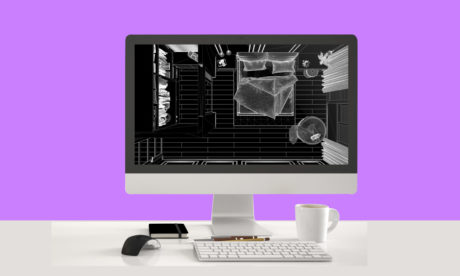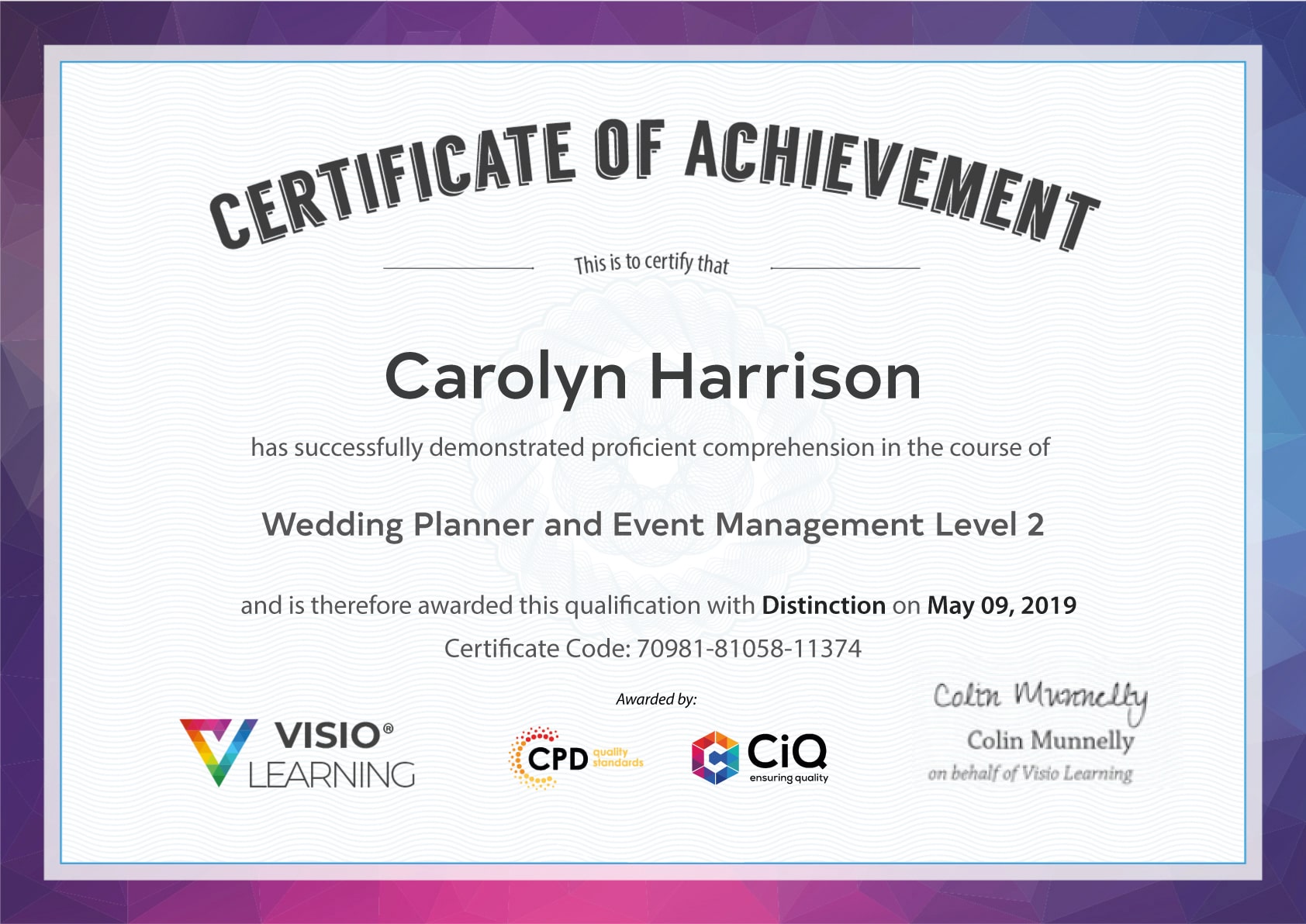Course Curriculum
| Module 01: Popular Interior Design Styles and How to Use Them | |||
| The 3 Types of Style That Influence Interior Design Choices | 00:01:00 | ||
| Art Deco Style | 00:03:00 | ||
| Victorian Style | 00:03:00 | ||
| Scandinavian Style | 00:02:00 | ||
| Modern Style | 00:02:00 | ||
| Contemporary Style | 00:03:00 | ||
| Eclectic Style | 00:06:00 | ||
| Italian Style | 00:04:00 | ||
| French Style | 00:05:00 | ||
| Industrial Style | 00:04:00 | ||
| Country Style: Architectural & Interiors | 00:04:00 | ||
| African Style | 00:05:00 | ||
| Conclusion | 00:06:00 | ||
| Module 02: Design Principles and Elements in Interiors | |||
| Introduction to Design Principles & The Design Recipe | 00:03:00 | ||
| Design Element: Line | 00:05:00 | ||
| Design Element: Shape | 00:02:00 | ||
| Design Element: Form | 00:02:00 | ||
| Design Element: Colour | 00:02:00 | ||
| Design Element: Texture | 00:05:00 | ||
| Design Element: Space | 00:03:00 | ||
| Design Element: Value | 00:01:00 | ||
| Design Principle: Pattern | 00:03:00 | ||
| Design Principle: Contrast | 00:03:00 | ||
| Design Principle: Emphasis/Focal Point | 00:05:00 | ||
| Design Principle: Balance | 00:05:00 | ||
| Design Principle: Scale/Proportion | 00:03:00 | ||
| Design Principle: Rhythm/Movement | 00:03:00 | ||
| Design Principle: Unity/Harmony | 00:01:00 | ||
| Conclusion | 00:01:00 | ||
| Module 03: Introduction to Colour in Interiors | |||
| The Impact of Fashion and Colour Trends | 00:04:00 | ||
| Colour Terminology | 00:04:00 | ||
| Colour Basics and Neutral Colours | 00:05:00 | ||
| Warm vs. Cool Colours | 00:03:00 | ||
| Colour Schemes | 00:11:00 | ||
| Colour Ratios and Applications | 00:05:00 | ||
| Using Colour To Trick The Eye | 00:04:00 | ||
| Conclusion | 00:01:00 | ||
| Module 04: Introduction to Space Planning In Interiors | |||
| Understand why space planning is important to successful interiors | 00:01:00 | ||
| Efficient vs. Poorly Planned Spaces | 00:04:00 | ||
| Types of Building and Space Plans | 00:06:00 | ||
| Open and Closed Planned Spaces | 00:04:00 | ||
| Space Planning and The Design Principles | 00:09:00 | ||
| Tips and Tricks to Space Planning | 00:02:00 | ||
| Conclusion | 00:02:00 | ||
| Module 05: Textiles and Fabrics for Interiors | |||
| Introduction To Textiles & Fabrics | 00:01:00 | ||
| Natural Fibers and Textiles | 00:08:00 | ||
| Synthetic Fibers and Textiles | 00:06:00 | ||
| Fabric Know Hows | 00:10:00 | ||
| End-Use of Textiles and Fabrics | 00:04:00 | ||
| Selecting and Recommending Textiles and Fabrics | 00:04:00 | ||
| Conclusion | 00:01:00 | ||
| Module 06: Styling and Staging Interior Spaces | |||
| Introduction to Styling and Staging | 00:03:00 | ||
| Styling Coffee Tables | 00:12:00 | ||
| Styling Side Tables | 00:07:00 | ||
| Styling Servers and Consoles | 00:05:00 | ||
| Styling Dining Room Tables | 00:04:00 | ||
| Styling Book Cases and Display Cases | 00:12:00 | ||
| Styling with Scatter Cushions and Throw Pillows | 00:10:00 | ||
| Styling Seating and Sleeping Areas | 00:05:00 | ||
| Styling Walls with Art and Framing | 00:11:00 | ||
| Conclusion | 00:01:00 | ||
| Recommended Readings | |||
| Recommended Readings – Interior Design Diploma | 00:02:00 | ||
Course Reviews
[elementor-template id='289348']










